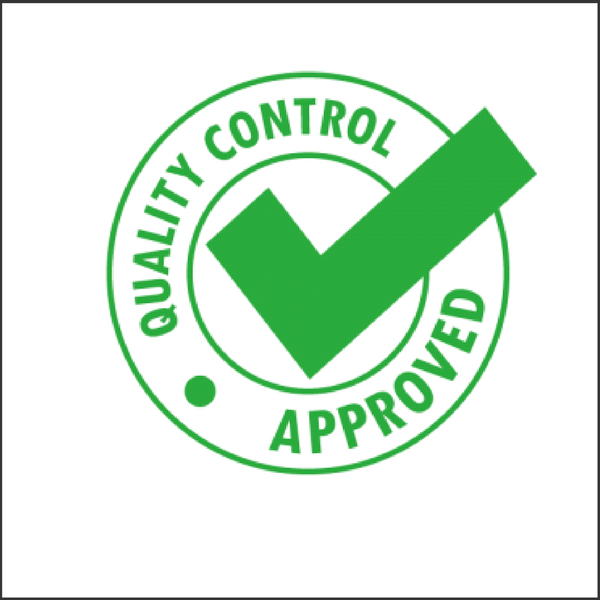
Diagnostic Care centers often face the challenge of evaluating the clinical diagnosis and delivering the test reports with high level of accuracy. The evaluation of diagnosis becomes easy to interpret and decide on line of treatment with help of accurate reports. Caredata’s Quality Control (QC) is a process, which is adopted and practiced to achieve error free report.
QC process involves three phases of the testing. i.e. Pre-analytical, Analytical and Post-Analytical. In Pre-analytical phase, the temperatures and storage location plays an important role, as sample has to be kept in appropriate environment before testing. In Analytical phase, the reagent linearity, reagent validity and accurate measurement play a vital role. In Post-Analytical phase, statistics (comparing with respect to expected range), appropriate usage of formulae and calculation plays the final role to interpret and evaluate the test results for a conclusive diagnostic report.
Features and Advantages:
QC finds all phases of error, able to restrict the reporting system. With activation of QC process, repetition of test is not necessary, even if the panic value shows in a higher side. This also helps in controlling reagent usage appropriately.
QC value is one of the important factors that have functional capacity to hold from releasing a report. The QC factors are compared to a number of reagents belong to different manufactures, and helps in determining for selecting a reagent for an analytical process.
Variables such as temperature and humidity are monitored and recorded with predefined frequency i.e. in a gap of 3 hours or 4 hours.
Levy Jennings Graph: Mean and standard deviation are calculated from selected QC values that are plotted in graph. Deviations are identified as 1SD, 2SD and 3SD. LJ graph functionality is highly useful at the time of report approval.
West Guards Rule: Universal defined rules are incorporated in the LJ Graph. The rules are applied based on QC values deviation compared to manufacturer provided QC value. It helps in identifying the type of error.
QC Report sheet: QC values are displayed under Shift, user and indication of loss of precision (for abnormal values) with proper demarcation in QC Report Sheet. Historical data are collected by using application and are provided to accreditation authority for auditing purpose. Moreover, QC passed reports enhances the confidence of a medical professional for approving with high accuracy rate.
QC Dashboard: Provides the Key Process Identifiers (KPI) pertaining to QC activity done in a Lab. They are plotted using various charts. It has various filters such as branch-wise, Analyte-Wise, User-wise for a selected duration (daily, weekly, monthly, etc.). QC run status, Abnormal QC reports, Value deviations are a few KPIs demonstrated with different color coding for easy identification. These Identifiers provide a snapshot of QC related activities.
Cloud Platform: Cloud platform makes it easy is to provide QC evaluation by a third party organization and provide the deviation of QC compared to the manufacturer value or peer QC values.
Clinical Intelligence: Having a clinical intelligence in the form of Quality Control, it serves many business processes in a better way. Analyzing diagnosis reports and making a decision during approval of the reports, reliability of reagent/analyser, intimation of validity period of reagent, status of Analyzer/ Analyte. This helps in taking a corrective action in right time, hence avoiding loss in business.
Interested to know more? Schedule a free demo.
